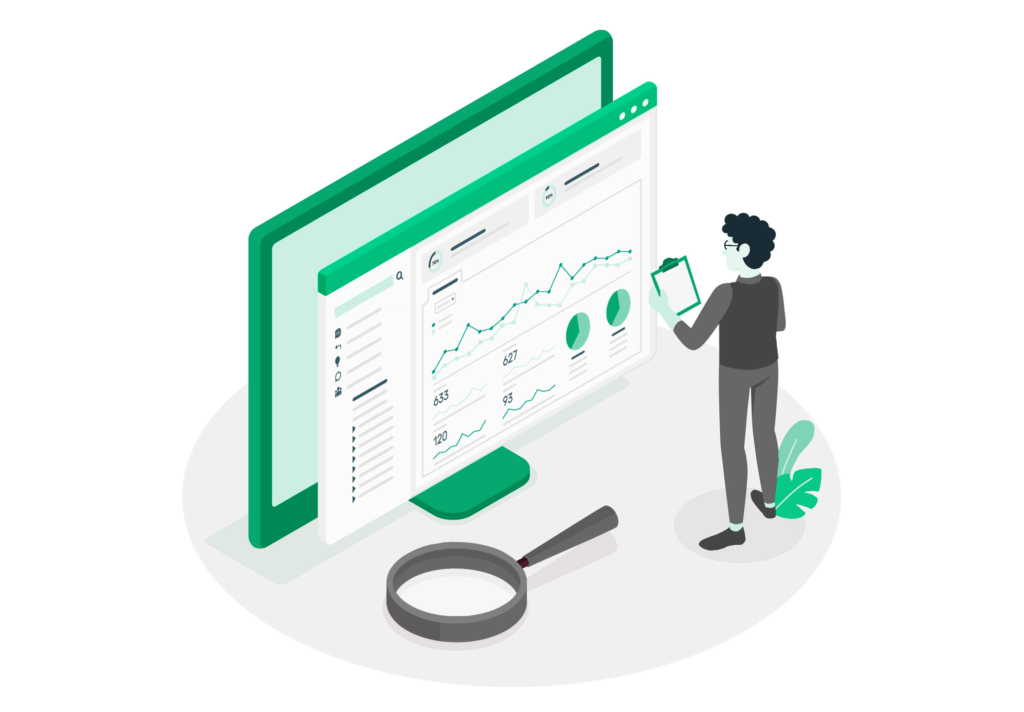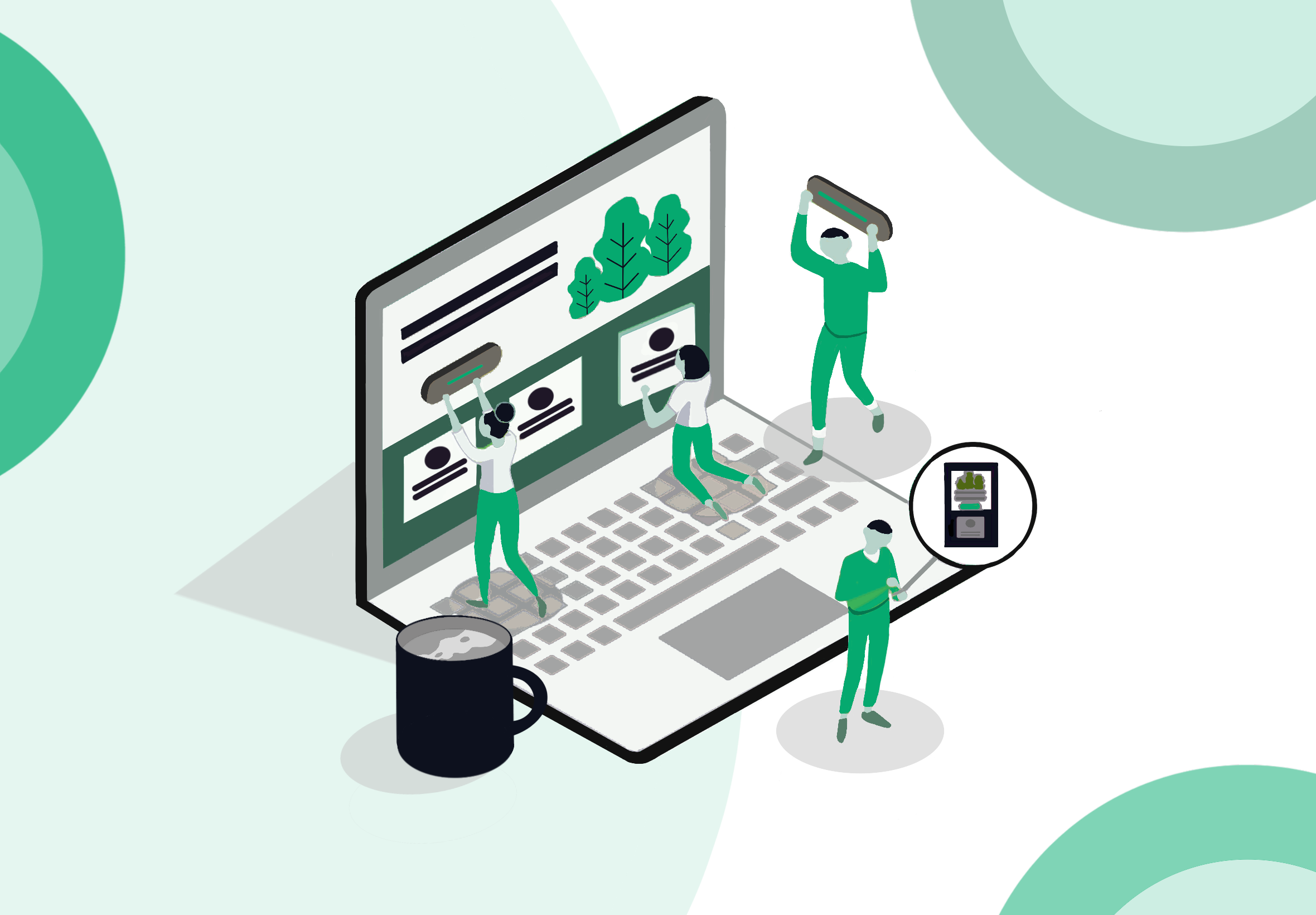
UX Enterprise software is an essential component of most major corporations, but unfortunately, it often gets a bad reputation. Enterprise UX designs are frequently clunky, unattractive, and generally not as streamlined and productive as they could be.
But they don’t have to be. Working with our clients, Grand Studio has collectively created more user-friendly experiences for everyone who uses the software, ultimately even changing how organizations view their enterprise systems.
Challenge #1: Software seems unaware of the user’s needs
A major stumbling block of designing enterprise UX is that these systems are not created for the traditional consumer user. In typical UX design, researching the user demographic to better understand their unique problems and requirements is one of the first steps in the process.
With Enterprise UX, that essential research process is much harder to gather. There is often a disconnect between how a corporate user would optimally function and interact with the software and how the company believes that they should increase productivity.
Additionally, because the system will be designed and created to improve employee productivity, there will naturally be more people involved in the design and implementation processes than there should be.
In a corporate setting, managers, shareholders, and department heads are typically involved in any discussions or decisions pertaining to creating the enterprise UX design. This leads to many waiting for approval, changing the design’s aspects, and resubmitting them before anything can get done.
To counteract this, we often recommend working in smaller groups rather than trying to include everyone at once. Ideally, the company executives who work the most closely with the employees using the systems should work directly with the designers first. This allows them to achieve their vision first before submitting a polished system for review.
Challenge #2: The rigidity of traditional methods
Enterprise systems are essential to the overall functionality of corporate software. Large organizations can’t run smoothly without an enterprise system working behind the scenes to enable all of their company’s activities.
Everything from storing essential information on the company database to employee communications to automating simple tasks is performed through the enterprise system. This system is comprised of several integrated tools and programs that should run seamlessly to allow employees to perform their duties efficiently and effectively.
Unfortunately, that tends to be the dream for enterprise systems rather than the reality. Many of these systems were implemented decades ago as legacy systems intended to last forever without considering look, design, or the employees who would be using them.
While it would often be more beneficial and less time-consuming to scrap the old software completely and start fresh, that is rarely allowed due to integration issues. Instead, designers must work with the existing legacy systems to create a new, functional, user-friendly interface.
An intertwined complication that many designers run into with these legacy systems is pushback from the employees themselves. It is not uncommon for employees to lament learning a new system when the one they are using works well enough for their work, even if the old system may have glaring flaws.
Luckily, all hope is not lost. To counteract these problems, we recommend interacting with the current users to determine what flaws they recognize within the system they have decided that they can live with, even if they aren’t optimal. Begin by creating solutions to these problems to establish trust and rapport with the team. This will open future doors to revamping the whole system.
It is important to understand that these legacy systems won’t be completely updated and revitalized overnight. Updating any enterprise system is a lengthy, time-consuming, costly, and complex process. Results won’t be immediately appreciated, but small, incremental changes that don’t receive a lot of pushback are essential for the approval of larger changes that must be made.
Hurdles: Flexibility of different design methods and skilled practitioners
Trial and error being able to respond quickly (user surveys)
Challenge #3: Collaboration resistance between the stakeholders
It is virtually impossible to get perfect results the first time that a new change is implemented. Any type of UX design takes experimentation and feedback from the users to work out the kinks and to ensure that the best possible processes are chosen and created.
The downside is that this type of trial and error takes time, and time costs money that shareholders or large companies may not be willing to invest without understanding how the process affects the outcome.
There is also a small risk factor to the experimentation process, as sometimes new design changes can break older parts of the software which can cause issues for the way the company does business.
Combined, this can cause the decision-makers within the company to be reluctant to take any chances with the design, and they often opt for the safer but less innovative designs. This often causes lines to be blurred between what stakeholders want and what the users want.
An additional problem arises in that it can be difficult to prove that the money being invested is well-spent since there is little-to-no empirical data to show. This can also cause managers to attempt to micro-manage the process in an attempt to gain clout within the company, which just further serves to hinder progress on the design side.
Some of these problems can be addressed by holding design workshops rather than traditional meetings. This can open the door for executives and stakeholders to ask questions about the aspects of design that they do not fully understand and improves communication between executives and designers. These workshops can also help build trust and cooperation between the groups which can enable some risk-taking and experimentation to take place in the design.
Challenge #4: A Long Release Cycle
The final, and arguably largest challenge that enterprise UX designers face is the extreme length of release cycles. It can take years to design and develop a new enterprise system, particularly if the designers have to work within the confines of a legacy system.
Enterprise design takes so long because the designers have to repeatedly integrate small changes that must be tested and learned from slowly to ensure that they do not accidentally break any of the old, attached programs during the development process. No one wants to ruin an employee’s ability to use the tech while trying to improve the process.
Sometimes, this can cause new and innovative ideas and systems to become outdated, or even obsolete, by the time they are implemented. This leads to further enterprise problems down the line for the next time that the system needs to be updated.
While this is easily the most daunting part of designing for enterprise systems, there are some ways to help streamline the process. Ensure that you have an overall plan for the direction of the new system and make sure that you are showing the next steps in the design process to the people that will be approving them before it is time to start working on them.
By getting approval and validation ahead of time, you can minimize resistance and reduce some delays in the approval process.
The Future of Enterprise UX
Enterprise systems aren’t going anywhere in the near future, so designers must learn to adapt to and overcome the challenges that these systems can provide. Luckily, we are much more aware of the importance of design and usability in addition to function than we were thirty years ago when many of these systems were first established.
Because of that, we can work to ensure that the new systems that we are creating will be efficient, effective, innovative, and flexible enough to be changed and updated further down the line.
In addition, it will benefit designers to become more data-aware to support their requests and changes. By proving the benefits of these updates with data to shareholders and executives, we can eliminate some major roadblocks in the design process.
Finally, by working with the executives and shareholders and including them in the process so that it is no longer an unknown and uncertain process, we can foster trust and cooperation that will allow the process to become more streamlined. Once we begin to work together, rather than against each other, we can finally start to create the enterprise software that we imagine.
Want to learn how Grand Studio can help with your next project and build clarity out of complexity?
We’re here to help!
